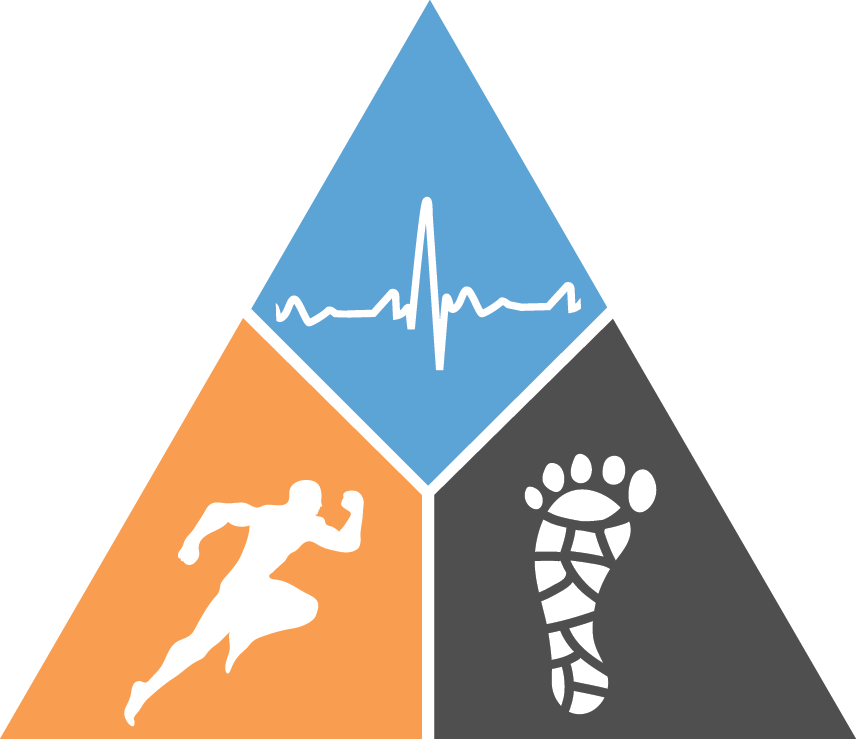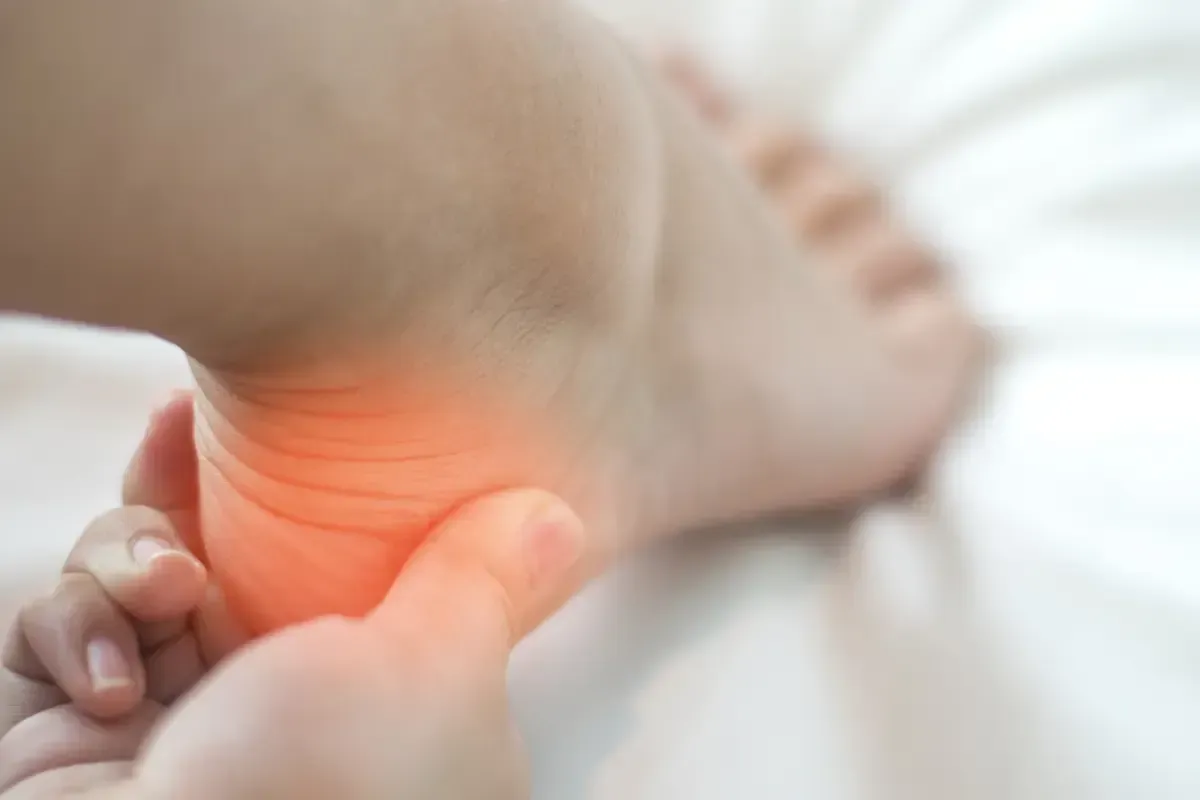Heel Pain
Heel Pain, Heel Spurs & Plantar Fasciitis
Are you experiencing heel pain and not sure if it's due to heel spurs or plantar fasciitis? Heel spurs are bony growths on the heel bone that may or may not cause pain, depending on their size and location. On the other hand, plantar fasciitis involves inflammation of the ligament in the foot, resulting in sharp heel pain.
While some people with
plantar fasciitis
may also have heel spurs, the two conditions are unique and can occur independently of each other.
Plantar Fasciitis Treatment
Interested in how to treat plantar fasciitis? Dealing with plantar fasciitis can be tough, but the great news is that many people can start feeling better within just a few months by trying out some easy treatment options. Simple things like gently icing the sore spot, doing some light stretching, and steering clear of activities that make it hurt can all play a big part in helping you heal.
If you're looking for some relief from the pain and inflammation, over-the-counter pain relievers like ibuprofen and naproxen can be helpful. Additionally, seeking out therapies like physical therapy or using special devices can also provide some relief. These treatments may include exercises to stretch the plantar fascia and Achilles tendon, wearing night splints, using
orthotic arch supports, or even temporary aids like walking boots, canes, or crutches.
In some cases, more conservative measures may not be enough to alleviate the pain. At that point, injections, shock wave therapy, ultrasonic tissue repair, or even surgery may be recommended. These options can provide more targeted relief for chronic plantar fasciitis that hasn't responded well to other treatments.
Plantar Fasciitis Symptoms
The symptoms of plantar fasciitis can range from dull to sharp discomfort, aching or burning on the sole of your foot and swelling in your heel. Typically, the pain is more noticeable in the morning when you're taking those first few steps, after standing or sitting for a long time, or after a strenuous activity. If this sounds like what you're going through, it’s time to contact your local foot specialist at Pinnacle Podiatry.
Plantar Fasciitis Exercises
Here are some simple exercises you can do to help stretch and strengthen your feet.
Toe Curls With Towel
Place a small towel on the floor and curl it toward you using only your toes. Relax and repeat 10 times, 1-2 times per day.
Toe Extension
Sit with your foot crossed over the other and stretch your toes and ankle upwards as far as possible. Hold for 10 seconds and repeat for 2-3 minutes, 2-4 times per day.
Calf Stretch on a Step
Stand with your foot on a step and let your heel lower to feel the stretch in your calf. Hold for 45 seconds, 2-3 times. Repeat 4-6 times per day.
Standing Calf Stretch
Stand with your feet pointing straight ahead and feel the stretch in your calf muscle. Hold for 45 seconds, 2-3 times. Repeat 4-6 times per day.
Towel Stretch
Sit with your leg straight out and use a towel to gently stretch your calf muscle. Hold for 45 seconds, 2-3 times. Repeat 4-6 times per day.
Ice Massage Arch Roll
Roll your foot back and forth over a frozen can or bottle to reduce pain. Repeat for 3-5 minutes, 2 times per day.
Plantar Fasciitis Causes
Plantar fasciitis is a common foot condition caused by factors like tight calf muscles, flat feet, or high arches.
- Tight calf muscles can put extra strain on your Achilles tendon, leading to discomfort in your heel and foot.
- Flat feet are another cause of plantar fasciitis as no arch support can lead to excessive stretching and strain on the plantar fascia. This is why using orthotics with arch support can help treat plantar fasciitis caused by flat feet.
- High arches
can also play a role in developing plantar fasciitis. They change the way weight is distributed on your foot, putting more pressure on the plantar fascia and potentially causing inflammation and pain in your heel and foot arch.
Heel Spur Treatment
Have you ever experienced heel pain or know someone who has? It can be really uncomfortable and disruptive to daily life. One common cause of heel pain is a heel spur, which is a bony growth on the underside of the heel bone. This usually happens due to inflammation and strain on the ligaments in the foot.
Having heel spurs that are fractured means they will need treatment like any other fracture. If heel spurs are not causing any symptoms, usually no treatment is needed.
Treatment for
heel spur pain usually involves a mix of these treatments. Surgery is uncommon, but the main goal is to relieve pain and swelling and prevent any further issues from developing.
Options for treating heel pain and heel spurs may include:
- Taking a break from activities that make the pain worse.
- Using ice to reduce swelling.
- Use tape or straps to support the foot.
- Doing exercises to stretch and strengthen the foot, such as calf stretches, plantar fascia stretches, towel curls, and toe stretches.
- Choosing the right footwear and using orthotic inserts in shoes for support.
- Having shock wave therapy to help with healing.
- Trying dry needling.
- Getting corticosteroid injections for severe pain and swelling.
- Considering surgery (only in rare cases).
FAQS
Here are answers to some common questions about heel pain.


